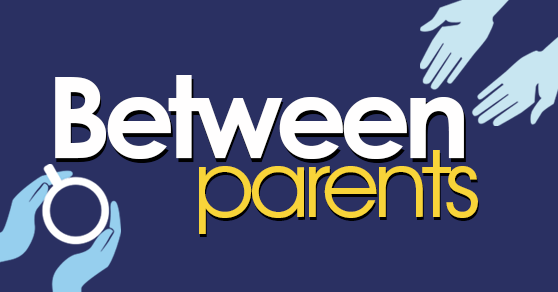Read the Labels
The packages are open.The toys are being used. The instruction manuals are being ignored. Mostly...
Nothing says "new toy" like a long list of cautionary warnings.
However, half of the advice is written for people who aren't thinking. Or, maybe, labels are written for tweens who haven't yet developed the executive reasoning part of their brain.
In any case, most can't be bothered with the silly, pedestrian advice attached to these notices. We've grown numb to the "warnings."
For instance, the label in the photograph comes from your basic stadium seat or "Arm Chair #CF-400TRM." Among the many risks of using this product are pinched fingers and other assorted personal injuries due to misuse (like placing on uneven ground).
Do we really need to be told that a canvas chair isn't a toy? Are we that dim?
I know, someone probably sued a company because they were "playing" with a chair rather than sitting on it, and so the company's legal department decided they would reduce their liability by adding "not a toy" to the warning label. But still, is it really necessary to cover that ground?
Aren't there parents all over America telling their children, "Don't be an idiot! You can't use that chair as a barricade/weapon/space ship/whatever... It's not a toy!!"?
My parents, particularly my father, didn't suffer foolish behavior well. We didn't need a label to tell us to stop doing something. We knew if it was going to make Dad mad, we better not do the activity (or better not get caught).
Maybe we can switch out all warning labels to say something like, "If your Mom or Dad saw you doing whatever you're about to do with this product, would they approve? If not, don't do it."
That should work.

